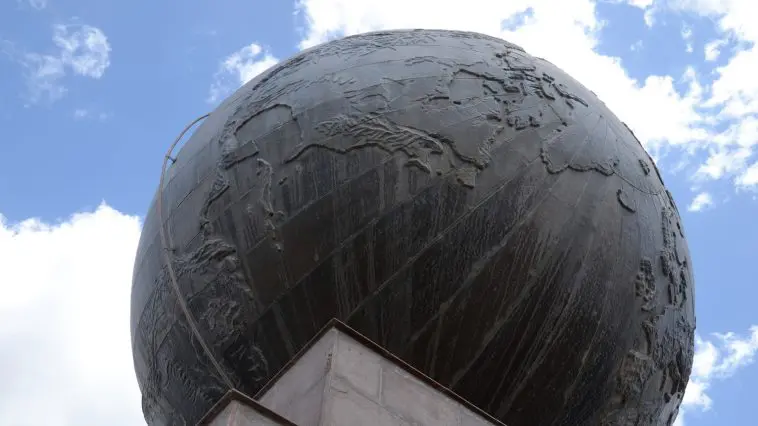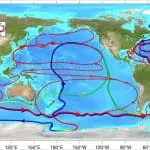[Originally published as What is Model Building?]
Why Bashing Evolution Isn’t Enough
To the average person, young-earth creationists are usually defined by their contempt for evolution and deep time.
It is easy to see how this perception came about. We have spent countless books, gospel tracts, website and journal articles, lectures, and even movies declaring that evolution is not true and that the earth is not billions of years old. The creation/evolution debate is a favorite topic of many involved in apologetics, and rightly so! The apostle Peter is quite clear that we should always be ready to defend our faith from objections (1 Peter 3:15).
But is the sole purpose of creation science to win arguments against those who stand in opposition to Scripture?
It is not enough to point out the flaws of widely-held paradigms like the theory of evolution or deep time. Offering only criticism without alternatives will not lead creationists anywhere. Worse, it will present no solid ground for our contemporary colleagues to consider creationism seriously, either.
Young-earth creationists need to develop a more robust understanding of the evidence and how it agrees with the Scriptures. We can then present an interpretation that explains the evidence even better than the theory of evolution and deep time. Good creation science could provide a more powerful foundation to those contemporary colleagues than apologetics alone.
But how do we go about doing this? What we need are good scientific models.
What is a Scientific Model?
The universe glorifies its Maker (Psalm 19:1, Psalm 104:24-25), from the tiniest cell to the biggest galaxy. A better understanding of the creation can give us a better understanding of the Creator himself (Job 12:7–8, Romans 1:20). This poses a challenge. The universe is a complex system full of integrated relationships that rely on and impact each other. It is so complex, in fact, that the human mind can never hope to fully comprehend it.
So how are we to understand how the various aspects of the creation work? One way scientists attempt to do this is by developing models.
A scientific model is a collection of observations, hypotheses, tested theories, and predictions. These serve as a framework by which we incorporate additional data gathered from a particular field.
Building a Better Model —Creation Style!
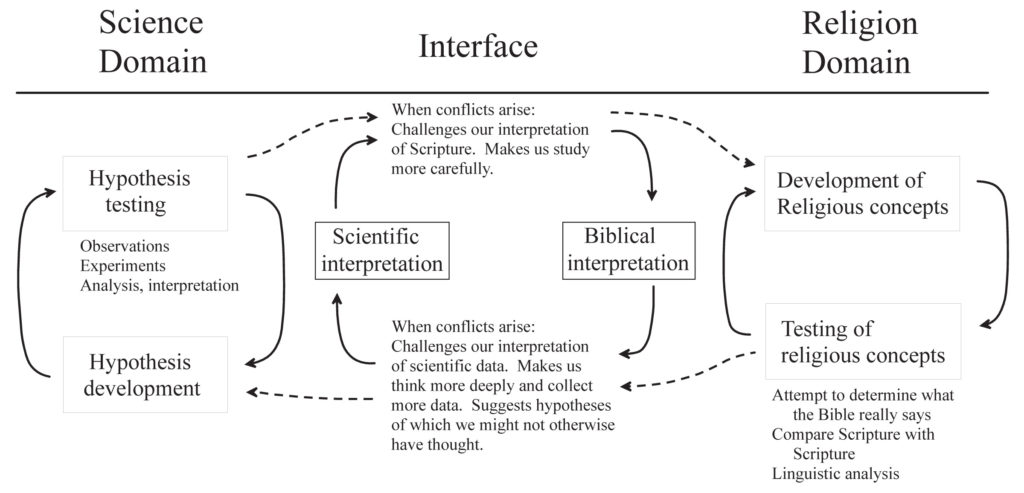
It is not merely enough for us to point out the flaws of conventional, unbiblical scientific models. Instead, we need more robust models that explain the same data conventional scientific models can explain, but better. This is where the biblical creationist researcher comes in. We have something conventional researchers do not: an eyewitness account of the earliest events of our planet’s history faithfully recorded in the first book of the Bible, Genesis. This gives us a great foundation!
A biblical model of earth history begins with the Bible. Genesis gives us a basic timeline and associated events (e.g. Creation, the Fall, Global Flood, etc). However, Scripture is not a science textbook and does not always provide us with the physical mechanisms behind those events. We must look at the data from the natural world and draw conclusions based on our observations. The diagram above depicts Dr. Leonard Brand’s proposed approach to the relationship between science, Scripture, and religion.
As we can see, a good biblically-based model should be able to explain scientific data well and make testable predictions. (For more on Brand’s approach, read What Creation Research Looks Like.)
All Models Are Wrong, But Some Are Useful.
In order to construct scientific models that are consistent with God’s revelation to us, we must acknowledge that the vast majority of scientists accept conventional scientific models as “settled science.” Does this mean that these models are correct by default? Not necessarily.
This is the wrong way to think about scientific models.
In fact, the history of science is riddled with incorrect scientific models. In their day, scientists not only considered these models “settled science” but also used these models to explain huge swaths of data and make successful predictions later. All while being wrong! In fact, statistician George Box went so far as to famously state that “All models are wrong, but some are useful.”1 The reason why conventional scientific models are so widely accepted is because they are useful, even if they are wrong.
Two Key Examples
Secular Model 1: Plate Tectonics
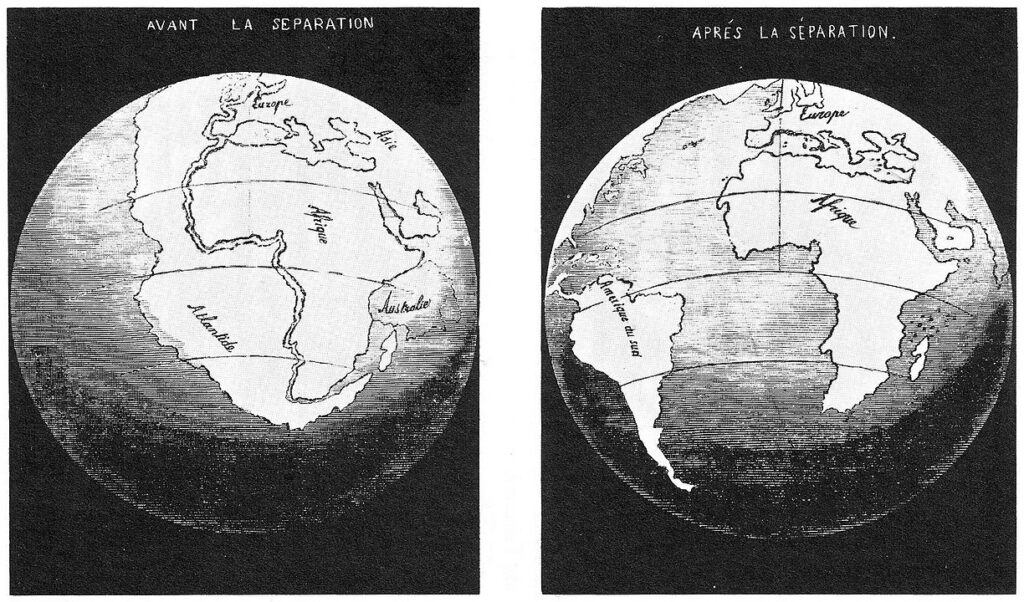
Over the centuries, geographers and cartographers have independently proposed that the continents were once together and broke apart at some point in history. Antonio Snider-Pellegrini is one such example. In 1858, he proposed that the continents broke apart during Noah’s Flood.2
Unfortunately, the idea of continental separation did not receive much attention until 1912, when a German scientist named Alfred Wegener proposed a scientific model called continental drift.3 He developed this to explain how the world’s seven continents resulted from the fracturing of a single supercontinent called Pangaea.
There were many scientific observations that Wegener’s model explained well. For example, it explains why we find certain fossils of animals and plants on opposite sides of the Atlantic Ocean but never in the Atlantic Ocean itself. Wegener’s answer to this riddle was simple. The fossils were buried and preserved when South America and Africa were still united at the time Pangaea existed.
Nonetheless, Wegener’s model faced rejection from the scientific community, and for valid reasons. His proposition that continents moved by plowing through the ocean floor contradicted the fundamental understanding that such an action would inevitably fracture the seafloor — an awareness that held true both then and continues today.
Wegener also had no mechanism by which continents could move in the first place. Plain and simple, continental drift — as Wegener proposed it — was wrong. This does not mean Wegener’s continental drift idea was bad. Quite the contrary! It did what a good scientific model is supposed to do: explain the data and make testable predictions.
A good scientific model is supposed to explain the data and make testable predictions.
In fact, Wegener’s model was not completely wrong. Today, the idea of continental drift has been subsumed into a newer scientific model: plate tectonics.
Like Wegener’s original idea, the concept of plate tectonics holds that the continents have moved significantly in the past. But the way in which they do this is different than Wegener thought.
Sonar, satellite images, and submersibles have allowed us to better understand the nature of the ocean floor. We now understand that the continents and ocean floor are broken up into large segments called “tectonic plates” that move relative to each other. Even though Wegener’s model was wrong in some aspects, he had the right idea in other aspects. Most importantly, it paved the way for the current plate tectonics model.
Model 2: Universal Common Ancestry
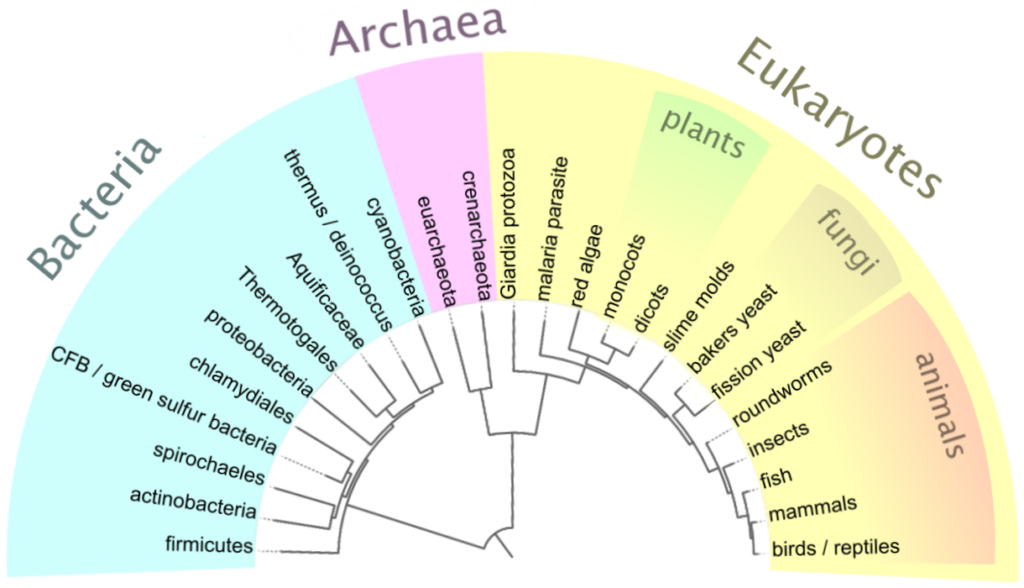
The Theory of Universal Common Ancestry (UCA) posits that all organisms diverged from a common ancestor through the process of evolution. According to this idea, all living things fall on the same family tree. Supposedly, people and bacteria are related if you look far enough back on this tree. Proponents of this theory claim that the common ancestor, a population of protocells, lived billions of years ago. Since then, they claim, these lineages have changed through the mechanism of evolution. Originally, this theory intended to exclude God and the record in the Bible from an explanation of the diversity of life.
Universal Common Ancestry explains lots of evidence from biology, genetics, the fossil record, and biogeography. We should not dismiss everything that it has to say.
While wrong at its core, some of the mechanisms that it utilizes may be helpful in creationist models. In particular, natural selection and mutations may play an important role in the diversification of created kinds. God made the original created kinds, and, through providence, has allowed these “natural” processes to further shape them. So, we should think twice before we throw out the mechanisms of the UCA model entirely and instead learn what useful insight they may contain.
Continued HERE
Footnotes
- Box, George E. P. (1976). “Science and statistics.” Journal of the American Statistical Association, 71 (356): 791–799.
- Antonio Snider-Pellegrini: La Création es ses mystères dévoilé. Paris 1858.

